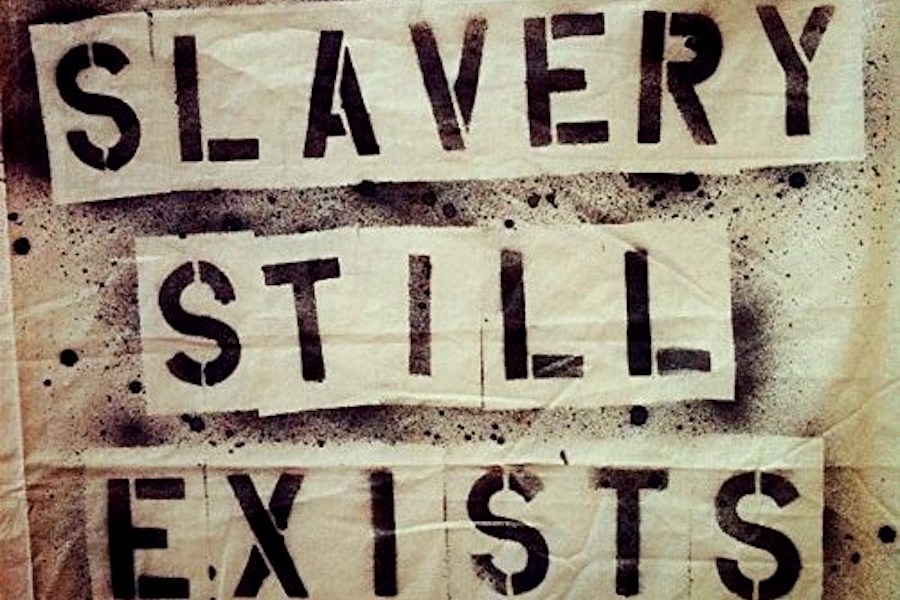
Many children work literally as family slaves without reward, and then are not recognized in their expected inheritance .
Haigh v Kent 2012 BCSC 1361 is a good example of the application of the law of unjust enrichment in a long time family venture that went sour.
The actions concern an informal, undocumented family business venture, a campground and beach resort situated on a large acreage.
The Property of approximately 95 acres is now owned by the defendant Kent and his son, the defendant Dee Kent.
From 1980 until 2004, the business — the Kent Beach Resort was operated by Clive Kent and the plaintiff, Randy Haigh.
Over most of that time period, Mr Kent and Mr. Haigh were brothers-in-law, Mr. Kent then being married to Mr. Haigh’s sister, Penny Kent. Their business relationship was terminated unilaterally by Mr. Haigh in 2004, but Mr. Haigh and his wife Darlene continued to live on the property, in an A-frame house originally built as accommodation for the Resort’s manager.
After having helped operate the resort for 24 years, the plaintiff brought action seeking a declaration of beneficial ownership in the property on the basis of an express trust, or alternatively the imposition of a constructive trust as a remedy for unjust enrichment.
The court allowed the claim on the basis that a significant portion of the equity in the property was as a result of contributions made by the plaintiff, which included erecting structures, clearing land and managing cabins in the campground.
Accordingly an award of constructive trust was appropriate and necessary to do justice between the parties.
No value received award of restitutionary damages could hope to capture accurately the value of the plaintiffs contributions to the property. This was particularly because of the lengthy time period in which the plaintiff contribute to the property, the variety of his services, and the lack of records.
Moreover the common expectation between the plaintiff and the defendant was that they would share in the fruits of the resort and this was more consistent with the value survived approach in law.
In valuing the plaintiffs interest, consideration was given to factors including the current value of improvements to the property and the value of use of the one acre lot.
“As discussed in Peter v. Beblow, [1993] 1 S.C.R. 980 (S.C.C.) at para.3, once the right to claim relief for unjust enrichment has been made out:
… a second doctrinal concern arises: the nature of the remedy.
“Unjust enrichment” in equity permitted a number of remedies, depending on the circumstances. One was a payment for services rendered on the basis of quantum meruit or quantum valebat. Another equitable remedy, available traditionally where one person was possessed of legal title to property in which another had an interest, was the constructive trust. While the first remedy to be considered was a monetary award, the Canadian jurisprudence recognized that in some cases it might be insufficient. This may occur, to quote La Forest J. in Lac Minerals Ltd. v. International Corona Resources Ltd., [1989] 2 S.C.R. 574, at p. 678, “if there is reason to grant to the plaintiff the additional rights that flow from recognition of a right of property”. Or to quote Dickson J., as he then was, in Pettkus v. Becker, [1980] 2 S.C.R. 834, at p. 852, where there is a “contribution [to the property] sufficiently substantial and direct as to entitle [the plaintiff] to a portion of the profits realized upon sale of [the property]”. In other words, the remedy of constructive trust arises, where monetary damages are inadequate and where there is a link between the contribution that founds the action and the property in which the constructive trust is claimed.
116 It has been recognized, more recently, that quantification of an award of restitutionary damages is not restricted to the “value received” — the quantum meruit or quantum valebat — but may also be determined, when the circumstances warrant, with respect to the “value survived”, e.g. the value of the property: Kerr v. Baranow, supra, at paras. 55, 70-74.
117 In my view, an award of a constructive trust is appropriate in the present case, and necessary to do justice between the parties. Given the lengthy time period over which Mr. Haigh contributed to the Property, the variety of his services, and the lack of records, no “value received” award of restitutionary damages could hope to capture accurately the value of his contributions. Moreover, the common expectation between Mr. Haigh and Mr. Kent that they would share in the fruits of the Resort, is more consistent with a “value survived approach”. Restitutionary damages might be quantified on a “value survived” basis; but Mr. Haigh has made contributions to the Property that have been so substantial and so direct as to entitle him to a portion of the profits, were the land to be sold. I have found that no transfer of ownership of an acre of the Property was intended or promised by Mr. Kent when he provided Mr. Haigh with the “certificate”, when he told Randy and Christina years ago that there would always be a place for them to live, nor later when he offered to them the use of Frankie’s Point. However, given the present relationship between the parties, a constructive trust appears to be an appropriate means of ensuring that Mr. Kent’s promises, which Mr. Haigh has relied upon, will be kept. However, wholly apart from the consequences of Mr. Kent’s promises, I find that Mr. Haigh’s efforts have earned him an ownership share in the Property.
– See more at: http://www.disinherited.com/blog/twenty-four-years-unpaid-contribution-earns-equitable-interest-real-property-unjust-enrichment#sthash.UGqNm9KZ.dpuf




